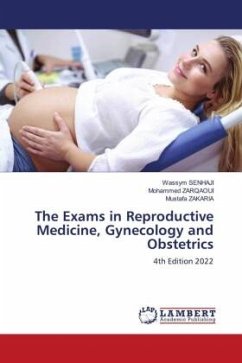Life is always intimately bound up with structure and with the continuous transformation which structures undergo. Modern science and technology have now made it possible to display these structures before our eyes, right up to the frontiers of molecular dimensions. When several years ago Dr. HANS LUDWIG, while working at the First Department of Obstetrics and Gynecology of the University at Munich, demonstrated to us some micrographs showing the human oviduct's surface pattern, my immediate reaction was: This is the environment that encom passes the very onset of an individual human life. In fact, scanning electron microscopy, superimposed upon classical micro morphology, has enabled us to get insight into the landscape of living structures, their intricate organization and their delicate beauty as well. At the same time this technique opens up an entirely new perspective in our three-dimensional view and comprehension of biological events. This becomes especially evident in therealm of reproductive processes within the human female reproductive tract. In this volume the authors give - for the first time systematically - a description of the surface patterns of the inside of the human vagina, ecto and endocervix, and the human uterus and oviduct; they depict ovulatory alterations of the ovarian surface and surface changes under various endo crine conditions, as well as in relation to the menstrual cycle, pregnancy, fetal growth, and the menopausal cessation of ovarian functional activity. of the placental intervillum, the In addition they describe surface structures basal plate and the amnion.
Hinweis: Dieser Artikel kann nur an eine deutsche Lieferadresse ausgeliefert werden.
Hinweis: Dieser Artikel kann nur an eine deutsche Lieferadresse ausgeliefert werden.







